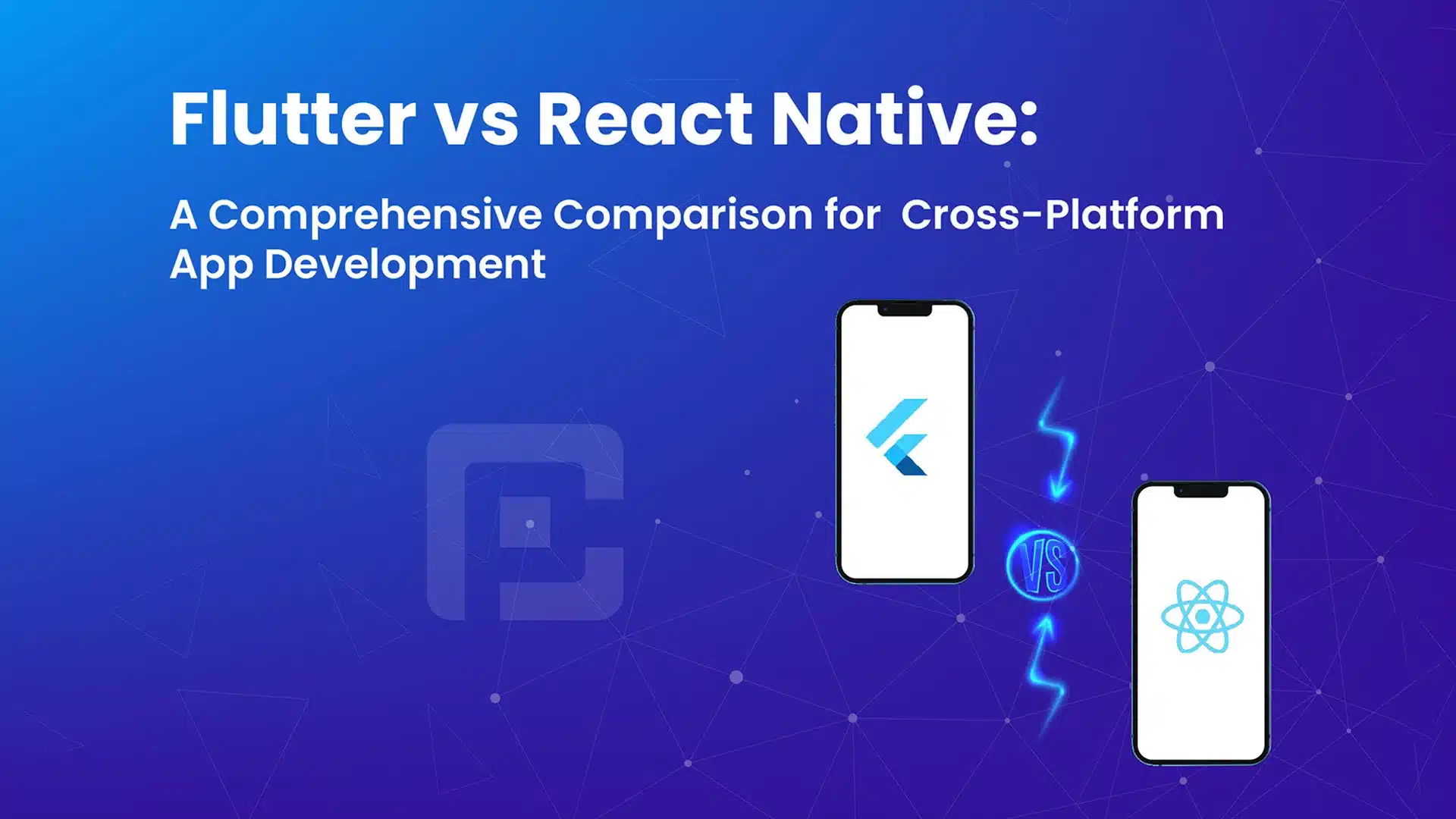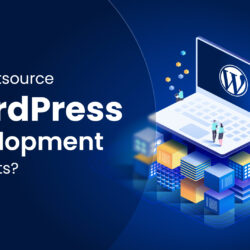Flutter vs React Native: Cross-Platform App Comparison

27 June
Explore a comprehensive comparison of the powerful cross-platform app development frameworks, Flutter and React Native. This blog post provides valuable insights into their features, strengths, and considerations, helping you make an informed decision. Discover the benefits of Flutter and React Native and choose the ideal framework for your app development needs.
Understanding Flutter
Flutter, based on the Dart programming language, is an open-source UI software development kit that enables developers to create native-like applications for multiple platforms. With its reactive framework, Flutter allows for fast and efficient development. It’s key features include hot reload, which provides instant code changes, a rich set of customizable UI widgets, and high-performance rendering capabilities.
Understanding React Native
React Native, on the other hand, utilises JavaScript or TypeScript as its programming language and is known for its ability to build mobile apps that resemble native applications. Developed by Facebook, React Native offers a vast ecosystem and leverages reusable components, allowing developers to write code once and deploy it across multiple platforms. With its strong community support, React Native has gained popularity among developers worldwide.
Development Experience
When it comes to the development experience, both Flutter and React Native offer their own advantages. Flutter’s hot reload feature allows developers to see the changes they make in real-time, leading to a smooth and iterative development process. On the other hand, React Native’s hot reloading feature offers similar functionality, enabling developers to see the impact of their code changes instantly. The choice between Dart (Flutter) and JavaScript/TypeScript (React Native) largely depends on the developer’s familiarity and preference.
Performance and UI
Performance is a crucial aspect of any application, and both Flutter and React Native aim to provide optimal user experiences. Flutter boasts native-like performance by utilising a high-performance rendering engine called Skia. This results in smooth animations, fast UI rendering, and excellent app performance. React Native, while not completely native, achieves a similar level of performance through its bridge, which enables the interaction between JavaScript code and native components. However, complex animations and graphics-intensive apps may experience performance limitations.
In terms of UI capabilities, Flutter offers a rich set of pre-built widgets, allowing developers to create beautiful and customizable user interfaces. Flutter’s widgets adhere to the Material Design and Cupertino (iOS) style guidelines, providing a native look and feel. React Native, on the other hand, leverages native components and third-party libraries, which offer a wide range of UI options. However, customization might require additional efforts in React Native compared to Flutter’s widget-based approach.
Ecosystem and Community Support
The ecosystem and community support are vital factors to consider when choosing a framework. Flutter benefits from Google’s support, resulting in a growing ecosystem of packages, tools, and plugins. The Flutter community actively contributes to its development, providing extensive documentation, tutorials, and community-driven packages. React Native, backed by Facebook, has a vibrant community as well, offering numerous packages and libraries to extend its functionality. React Native’s vast community support translates into readily available resources, discussions, and a strong open-source ecosystem.
Platform Support
Both Flutter and React Native excel in providing cross-platform capabilities. Flutter allows developers to build apps for iOS, Android, web, and desktop using a single codebase, delivering a consistent user experience across different platforms. React Native also supports cross-platform development but has a stronger focus on mobile platforms, specifically iOS and Android. While React Native offers experimental support for web and desktop, Flutter provides more robust and stable options for multi-platform development.
Case Studies and Real-World Examples
To better understand the capabilities of Flutter and React Native, let’s take a look at some notable applications built with these frameworks. Flutter has been used to develop popular applications like Google Ads, Reflectly, and Tencent’s Now Live. React Native has powered apps such as Facebook, Instagram, and Airbnb. These success stories demonstrate the capabilities and versatility of both frameworks in building real-world applications.
References
Feel free to visit the official websites of Flutter and React Native for more information and documentation on each framework.
Conclusion
Choosing between Flutter and React Native depends on several factors, including project requirements, development experience, performance needs, and platform targets. Flutter provides a robust and efficient development experience with excellent performance and customizable UI widgets. React Native offers a wide range of third-party libraries, strong community support, and seamless cross-platform development. Ultimately, the choice between the two frameworks depends on the specific needs and preferences of your development team.
By evaluating the development experience, performance, UI capabilities, ecosystem, and platform support, you can make an informed decision and choose the framework that best aligns with your project goals. Whether you opt for Flutter or React Native, both frameworks offer powerful solutions for cross-platform app development.





